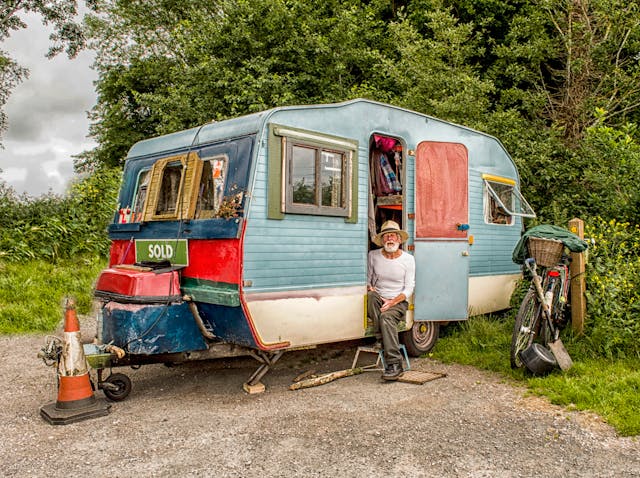Finding the best RV (Recreational Vehicle) for traveling can be an exciting yet daunting task, especially for first-time buyers. The right RV can provide freedom, flexibility, and comfort on the road, allowing you to explore new places while enjoying the comforts of home. However, with so many options available, it’s essential to consider several factors to ensure you choose the RV that best fits your needs, budget, and travel style. Here’s a guide to help you find the best RV for your adventures.
1. Determine Your Travel Needs
The first step in finding the best RV is to consider your travel needs and lifestyle. Ask yourself the following questions:
- How many people will be traveling? The size of your travel group will determine the size and layout of the RV. If you’re traveling solo or as a couple, a smaller RV might suffice. For families or larger groups, a more spacious model with additional sleeping areas might be necessary.
- What kind of travel do you plan to do? If you plan to embark on long road trips across various terrains, a more robust and self-sufficient RV might be required. On the other hand, if you’re planning shorter, occasional trips to established campgrounds, a smaller, more basic RV could be sufficient.
- What amenities are important to you? Consider what level of comfort and amenities you desire. Do you need a full kitchen, bathroom, or multiple sleeping areas? Are you looking for luxury features like a built-in entertainment system, outdoor kitchen, or solar power? Knowing what you prioritize will help narrow down your options.
2. Understand the Different Types of RVs
RVs come in various types and sizes, each with its pros and cons. Understanding the different types can help you make an informed decision:
- Class A Motorhomes: These are the largest and most luxurious RVs, offering the most space and amenities. They are ideal for long-term travel and full-time RV living but come with a higher price tag and can be challenging to drive and park.
- Class B Motorhomes (Camper Vans): These are smaller and more maneuverable than Class A motorhomes, making them easier to drive and park. They offer less living space but are great for couples or solo travelers who value mobility and convenience.
- Class C Motorhomes: These are mid-sized RVs, offering a good balance between space, amenities, and maneuverability. They are built on a truck or van chassis and often feature an overhead sleeping area, making them a popular choice for families.
- Travel Trailers: These RVs are towed behind a vehicle, offering flexibility in terms of size and layout. They range from small, lightweight models to large, luxurious trailers. However, they require a compatible tow vehicle.
- Fifth-Wheel Trailers: These are larger trailers that attach to a special hitch in the bed of a pickup truck. They offer more space and stability than travel trailers but require a specific type of tow vehicle.
- Pop-Up Campers: These are lightweight, collapsible trailers that are easy to tow and store. They provide basic shelter and amenities, making them a good option for weekend campers or those on a budget.
3. Set a Budget
Setting a budget is crucial when shopping for an RV. The cost of an RV can vary significantly depending on the type, size, brand, and features. In addition to the purchase price, consider other costs such as insurance, maintenance, fuel, and campground fees. Decide whether you want to buy new or used—used RVs can offer substantial savings, but they may come with wear and tear or require repairs.
4. Research and Compare Brands and Models
Once you’ve narrowed down the type of RV that suits your needs, research different brands and models. Read reviews from other RV owners, visit RV shows, and consult online forums to gather information. Consider the reputation of the manufacturer, the quality of materials used, and the availability of customer support and warranties.
5. Test Drive and Inspect
Before making a final decision, it’s important to test drive the RV if you’re considering a motorhome or inspect the interior layout and features if you’re looking at a towable RV. Pay attention to how the RV handles on the road, the comfort of the driver’s seat, and the ease of setting up and breaking down the RV. For towable RVs, ensure your tow vehicle is compatible and capable of safely towing the RV.
6. Consider Resale Value
Finally, consider the resale value of the RV. Some brands and models hold their value better than others. If you think you might upgrade or sell the RV in the future, choosing a model with strong resale value could save you money in the long run.
Conclusion
Finding the best RV for traveling requires careful consideration of your needs, budget, and the various types and models available. By understanding your travel style, setting a budget, researching options, and thoroughly inspecting potential RVs, you can make an informed decision that will provide you with years of enjoyable and comfortable travel experiences.







